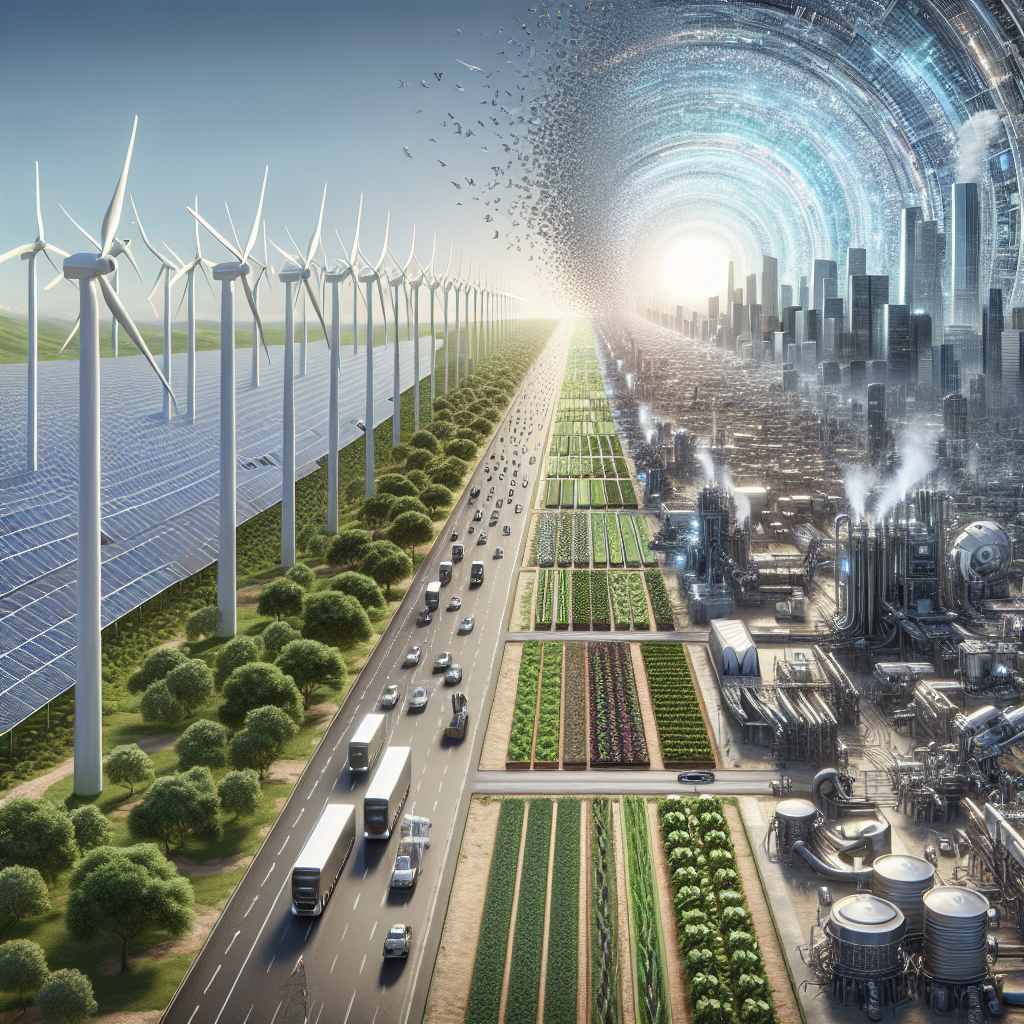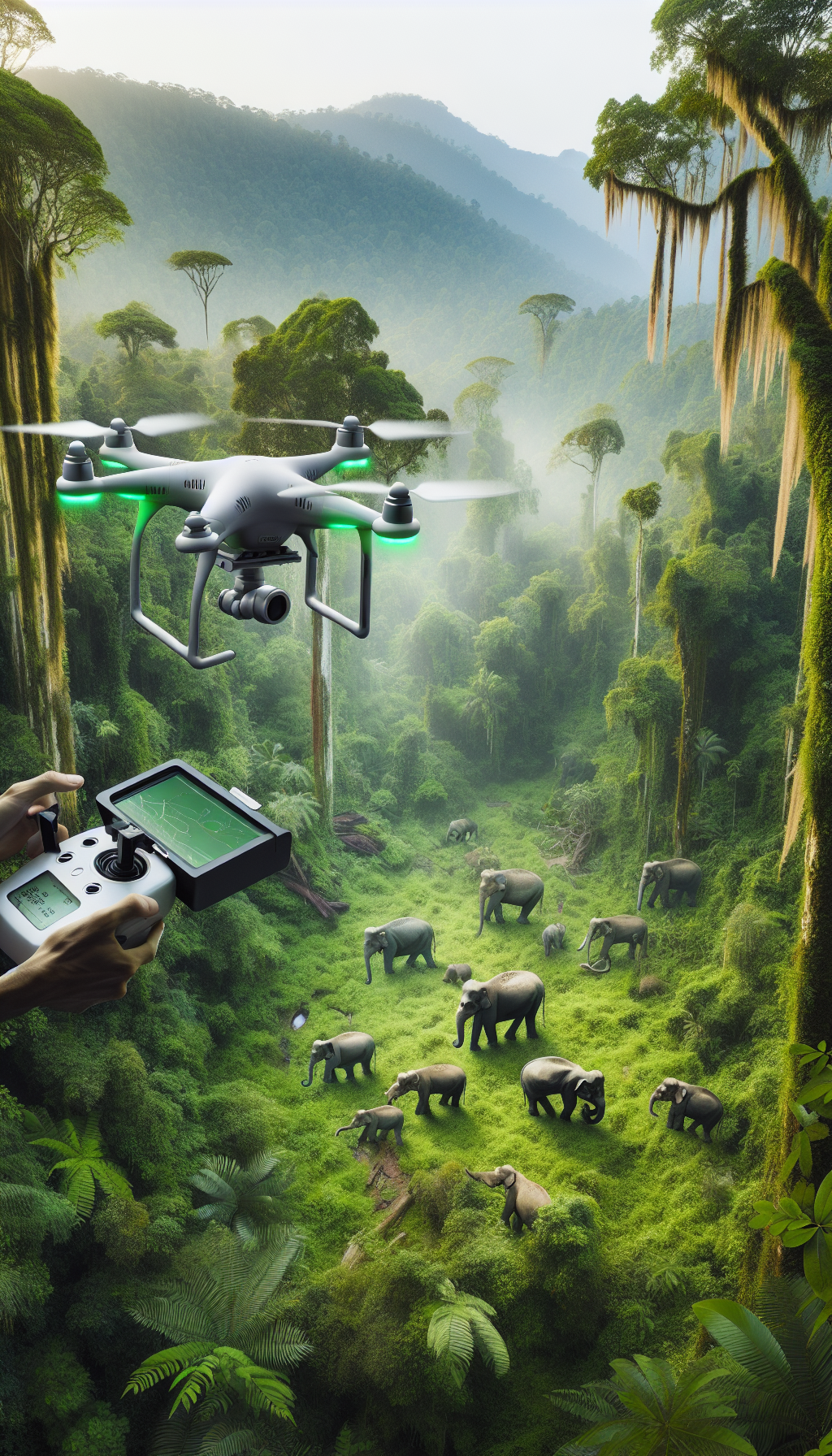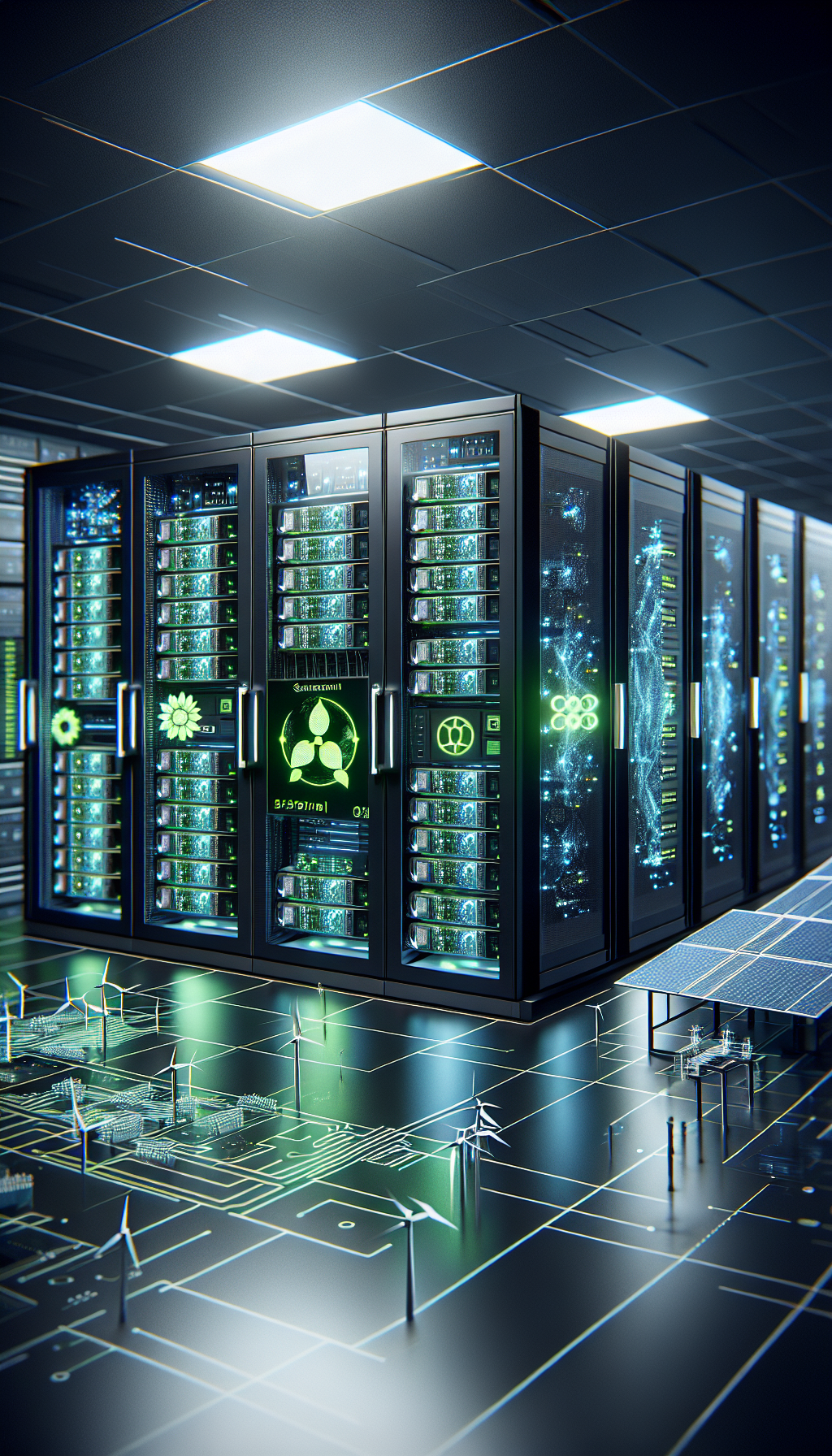Understanding the Sustainable Development Goals
The Sustainable Development Goals (SDGs) were adopted by all United Nations Member States in 2015 as a universal call to action to end poverty, protect the planet, and ensure prosperity for all by 2030. These 17 goals are interconnected, and achieving them requires a holistic approach involving governments, businesses, and individuals worldwide. The SDGs provide a blueprint for achieving a better and more sustainable future, addressing the global challenges we face, including poverty, inequality, climate change, environmental degradation, peace, and justice.
Key Aspects of the Sustainable Development Goals:
- No Poverty: Eradicating poverty in all its forms remains one of the greatest challenges facing humanity.
- Zero Hunger: Achieving food security, improving nutrition, and promoting sustainable agriculture.
- Good Health and Well-being: Ensuring healthy lives and promoting well-being for all at all ages.
- Quality Education: Promoting inclusive and equitable quality education and lifelong learning opportunities for all.
- Gender Equality: Achieving gender equality and empowering all women and girls.
To track progress and foster accountability, each goal is associated with specific targets and indicators. For instance, Goal 13, Climate Action, includes targets such as strengthening resilience and adaptive capacity to climate-related hazards and integrating climate change measures into national policies, strategies, and planning.
| Goal | Focus Area |
|---|---|
| Goal 7 | Affordable and Clean Energy |
| Goal 11 | Sustainable Cities and Communities |
| Goal 15 | Life on Land |
Understanding the SDGs is crucial for leveraging AI effectively to meet these objectives. By aligning AI innovations with these goals, we can ensure that technological advancements contribute positively to sustainable development, fostering a future that is equitable and environmentally sound.
AI in Environmental Protection
Artificial Intelligence (AI) is revolutionizing the field of environmental protection by providing innovative solutions to monitor, analyze, and manage environmental resources more effectively. One of the critical areas where AI is making a significant impact is in climate change modeling. AI algorithms can process vast amounts of climate data to predict future patterns and assess the potential impacts of climate change, enabling policymakers to make informed decisions. Furthermore, AI-powered systems are being used to track deforestation and habitat loss through satellite imagery, offering a real-time view of changes in land use.
Another essential application of AI in environmental protection is in pollution monitoring and control. AI-driven sensors and data analytics can detect pollution levels in air and water with high precision. This real-time monitoring helps in identifying pollution sources and implementing timely interventions to mitigate harmful effects. Additionally, AI is facilitating the development of smart grids and energy-efficient systems, reducing carbon footprints and promoting sustainability. These technologies are crucial in urban areas where pollution and energy consumption are significantly higher.
AI also offers significant advancements in wildlife conservation. Through the use of AI-powered drones and camera traps, conservationists can monitor wildlife populations and track endangered species with minimal human intervention. This technology helps in collecting critical data on animal behavior, migration patterns, and population dynamics, which is essential for developing effective conservation strategies. Furthermore, AI tools are assisting in combating illegal poaching by analyzing patterns and predicting poaching activities, allowing authorities to take proactive measures.
The integration of AI in environmental protection is not without challenges. Issues such as data privacy, the ethical use of AI, and the need for substantial computational resources must be addressed to fully leverage AI’s potential. However, the benefits of AI in creating sustainable solutions for environmental protection are undeniable. As AI technology continues to evolve, its role in safeguarding the planet for future generations will only become more critical.
AI for Clean Energy Solutions
Artificial Intelligence (AI) plays a pivotal role in revolutionizing the clean energy sector, offering innovative solutions to enhance efficiency and sustainability. By integrating AI technologies, energy systems can optimize energy consumption and distribution, reduce waste, and minimize environmental impact. AI algorithms are particularly effective in predicting energy demand, managing supply, and identifying opportunities for energy savings.
One of the significant applications of AI in clean energy is in the optimization of renewable energy sources, such as solar and wind power. AI models analyze weather patterns and historical data to forecast energy production accurately, ensuring that supply meets demand while reducing reliance on fossil fuels. This capability is crucial for grid management and helps in mitigating the intermittency issues associated with renewables.
Moreover, AI-driven systems enhance energy storage solutions by determining the optimal times for charging and discharging batteries. This not only extends the life of storage systems but also ensures that energy is available during peak demand periods. AI’s role in clean energy is further exemplified through smart grids, which utilize AI to automate and improve the efficiency of energy distribution networks.
| AI Application | Benefit |
|---|---|
| Energy Demand Prediction | Reduces waste and aligns supply with demand |
| Renewable Energy Optimization | Increases efficiency and reliability of solar and wind power |
| Smart Grids | Enhances the efficiency of energy distribution |
In conclusion, AI’s integration into clean energy solutions presents a transformative opportunity to achieve sustainable development. By harnessing the power of AI, we can make significant strides towards a greener future, addressing climate change challenges and promoting environmental stewardship.
AI and Sustainable Agriculture
Artificial Intelligence (AI) is revolutionizing the agricultural sector, offering innovative solutions to enhance productivity while promoting sustainability. As the global population continues to rise, the demand for food increases, placing significant pressure on agricultural systems. AI technologies, such as machine learning and data analytics, provide farmers with the tools to meet these demands efficiently and sustainably.
One of the most significant impacts of AI in agriculture is precision farming. By leveraging AI-driven data analysis, farmers can optimize the use of resources such as water, fertilizers, and pesticides. This not only reduces costs but also minimizes environmental impact. For instance, AI algorithms can analyze satellite imagery to identify crop health problems early, allowing for targeted interventions.
- AI-powered drones and sensors monitor crop conditions in real-time
- Machine learning models predict weather patterns and pest outbreaks
- Robots equipped with AI technology perform tasks such as planting and harvesting
Moreover, AI helps in improving supply chain efficiency. By predicting crop yields and identifying the best times for planting and harvesting, AI ensures that agricultural products reach markets without unnecessary waste. This is crucial for both economic sustainability and reducing the carbon footprint associated with food production and transportation.
| AI Application | Benefit |
|---|---|
| Precision Farming | Optimized resource use and reduced environmental impact |
| Supply Chain Optimization | Reduced waste and improved market efficiency |
| Predictive Analytics | Enhanced decision-making through weather and yield predictions |
Smart Cities: AI for Urban Development
As urban populations continue to swell, the concept of smart cities has emerged as a beacon of hope, promising to enhance urban living through the integration of advanced technologies, including artificial intelligence (AI). AI plays a pivotal role in smart cities by optimizing resource management, improving public services, and fostering sustainable urban development. One of the key areas where AI proves beneficial is in the management of urban traffic systems. By analyzing data from various sensors and cameras, AI can optimize traffic flows, reduce congestion, and decrease emissions, thus contributing to a cleaner urban environment.
Moreover, AI is instrumental in urban planning and infrastructure management. It enables city planners to simulate and evaluate different development scenarios, ensuring that new projects are sustainable and efficient. AI-driven analytics can identify patterns and trends in energy consumption, water usage, and waste management, allowing cities to implement targeted strategies for conservation and efficiency. This capability is crucial for achieving Sustainable Development Goals (SDGs) related to sustainable cities and communities.
AI also enhances public safety and security in urban areas. Through the use of AI-powered surveillance systems, cities can monitor public spaces in real-time, quickly responding to incidents and ensuring the safety of citizens. Furthermore, AI can assist in disaster management by predicting natural disasters and coordinating emergency response efforts, which is essential for building resilient urban environments. These advancements not only improve quality of life but also align with the broader objectives of sustainable urban development.
To illustrate the impact of AI on smart cities, consider the following table that highlights key AI applications and their contributions to urban development:
| AI Application | Contribution to Urban Development |
|---|---|
| Traffic Management Systems | Reduces congestion and emissions, improving air quality |
| Energy Consumption Analytics | Optimizes energy use, promoting sustainability |
| AI Surveillance Systems | Enhances public safety and security |
| Disaster Prediction Tools | Facilitates effective emergency response and resilience |
AI in Water Resource Management
Water resource management is a critical component of sustainable development, and AI technologies are playing a pivotal role in optimizing the use of this vital resource. By leveraging AI, we can enhance water conservation efforts, improve water quality monitoring, and optimize the distribution systems to ensure equitable access to clean water. AI algorithms can analyze vast amounts of data from sensors and IoT devices in real-time, enabling proactive management of water resources and early detection of leaks or contamination.
One of the significant applications of AI in water management is predictive analytics, which helps in forecasting water demand and supply patterns. By using historical data and machine learning models, AI can predict future water usage trends, allowing for better planning and allocation of resources. This is particularly useful in agriculture, where irrigation systems can be optimized to reduce water wastage and increase crop yield. Moreover, AI-driven models can identify areas with potential risks of drought or flooding, facilitating timely intervention and disaster preparedness.
Another critical area where AI contributes is in the monitoring and improvement of water quality. AI systems equipped with image recognition capabilities can analyze satellite images and data from water bodies to detect pollutants and assess the health of aquatic ecosystems. This information is invaluable for regulatory bodies and environmental organizations working to maintain and improve water quality standards. Additionally, AI can aid in the development of smart water grids, which ensure efficient water distribution by automatically adjusting to demand fluctuations and minimizing loss.
The following table illustrates some of the AI applications in water resource management:
| AI Application | Function | Impact |
|---|---|---|
| Predictive Analytics | Forecast water demand and supply | Improved resource allocation and planning |
| Image Recognition | Analyze satellite images for pollutants | Enhanced water quality monitoring |
| Smart Water Grids | Optimize water distribution systems | Increased efficiency and reduced wastage |
AI for Health and Well-being
Artificial Intelligence (AI) has emerged as a transformative force in the healthcare sector, playing a pivotal role in enhancing health and well-being globally. By leveraging AI technologies, healthcare professionals can deliver more accurate diagnoses, personalize treatment plans, and improve patient outcomes. AI’s ability to analyze vast datasets quickly and accurately enables early detection of diseases, potentially saving millions of lives.
The integration of AI in healthcare is evident in various applications. For instance, AI-powered tools are employed in medical imaging to detect anomalies such as tumors or fractures with remarkable precision. AI algorithms can sift through thousands of images in seconds, highlighting areas of concern that may require further human analysis. This not only reduces the workload of healthcare practitioners but also minimizes the chances of human error.
Moreover, AI is instrumental in advancing telemedicine and remote patient monitoring, especially in underserved regions. By utilizing AI-driven platforms, healthcare providers can monitor patients’ vital signs in real-time, ensuring timely interventions when necessary. This is particularly beneficial in managing chronic diseases such as diabetes and heart conditions, where continuous monitoring is crucial.
AI is also revolutionizing mental health care through the development of applications that offer cognitive behavioral therapy, mood tracking, and crisis support. These AI solutions provide users with accessible mental health resources, promoting overall well-being. Furthermore, AI-driven analytics in public health can identify patterns and predict outbreaks, significantly contributing to preventive measures and effective resource allocation.
| AI Application | Benefits |
|---|---|
| Medical Imaging | Enhanced accuracy in diagnosis, reduced human error |
| Telemedicine | Improved access to healthcare, especially in remote areas |
| Mental Health Apps | Increased accessibility to mental health resources |
| Public Health Analytics | Predictive capabilities for outbreaks, better resource management |
AI in Education and Quality of Life
Artificial Intelligence (AI) is revolutionizing the educational landscape, offering unprecedented opportunities to enhance learning experiences and improve quality of life. By personalizing education, AI systems can adapt to individual learning styles, providing customized content that caters to the unique needs of each student. This personalization not only improves academic performance but also increases engagement and motivation, making education more accessible and effective for all.
AI technologies are also playing a significant role in enhancing educational accessibility for students with disabilities. Tools such as speech recognition software, text-to-speech applications, and AI-driven tutoring systems are breaking down barriers, enabling a more inclusive learning environment. Furthermore, AI can help identify students at risk of falling behind, allowing educators to intervene early and provide the necessary support to ensure every student has the opportunity to succeed.
Beyond education, AI contributes to improving quality of life by optimizing healthcare delivery, enhancing public services, and fostering safer communities. For instance, AI-powered diagnostic tools can lead to quicker and more accurate medical diagnoses, reducing wait times and improving patient outcomes. In urban development, AI is used to create smart cities that efficiently manage resources, reduce pollution, and enhance public safety.
To illustrate these impacts, consider the following table that summarizes some key areas where AI is making a difference:
| Area | AI Impact |
|---|---|
| Education | Personalized learning, inclusion for students with disabilities |
| Healthcare | Improved diagnostics, faster treatment processes |
| Urban Development | Smart city initiatives, efficient resource management |
In conclusion, the integration of AI in education and other sectors is a driving force in enhancing quality of life and achieving Sustainable Development Goals. By leveraging AI’s potential, we can pave the way toward a more equitable and prosperous future for all.
AI’s Role in Economic Growth
The integration of Artificial Intelligence (AI) into various sectors has opened up numerous opportunities for economic growth. By automating routine tasks, AI increases efficiency and productivity, allowing businesses to save time and reduce costs. Moreover, AI technologies facilitate data-driven decision-making, enabling companies to optimize their operations and improve their competitive edge in the market.
Enhancing Productivity: AI solutions are transforming industries by streamlining workflows and enhancing productivity. For example, in the manufacturing sector, AI-powered robots and automation systems are employed for assembly line tasks, minimizing human error and increasing output. Similarly, in the service sector, AI chatbots and virtual assistants handle customer inquiries, providing quick and efficient responses that boost customer satisfaction.
Driving Innovation: AI fosters innovation by providing new tools for research and development. Machine learning algorithms can analyze vast amounts of data to identify patterns and insights that might be invisible to the human eye. This capability is particularly beneficial in sectors like healthcare, where AI is used to develop new drugs and treatment plans. Furthermore, AI-driven innovation contributes to the creation of new markets and job opportunities, stimulating economic growth.
Challenges and Considerations: While AI offers significant economic benefits, it also poses challenges. The rise of AI may lead to job displacement in certain industries, necessitating workforce retraining and education initiatives. Additionally, ethical considerations in AI deployment, such as data privacy and algorithmic bias, need to be addressed to ensure equitable economic growth. Policymakers and industry leaders must work together to create frameworks that balance AI advancements with social responsibility.
Ethical Considerations in AI for Sustainability
Artificial Intelligence (AI) holds immense potential in advancing sustainable development goals, yet it is crucial to address the ethical considerations that accompany its deployment. As AI systems become more integrated into processes aimed at promoting sustainability, ensuring that these technologies are used responsibly is paramount. One primary ethical concern is the transparency of AI algorithms. Stakeholders must understand how decisions are made by AI systems, particularly in areas such as resource management and environmental monitoring, to maintain trust and accountability.
Another significant ethical issue is data privacy. AI’s effectiveness in achieving sustainability heavily relies on the vast amounts of data it processes. However, it is essential to safeguard this data to protect individuals’ privacy and prevent misuse. Implementing robust data protection measures and ensuring compliance with privacy regulations are vital steps in addressing these concerns. Furthermore, the deployment of AI in sustainability initiatives must be inclusive. This means considering the diverse needs of different communities and ensuring equitable access to AI technologies, so that no group is disproportionately affected or left behind.
Bias and fairness in AI systems are additional ethical challenges to consider. AI algorithms can inadvertently perpetuate existing biases if they are trained on skewed data sets. This can lead to unfair outcomes, particularly in areas such as urban development and agriculture, where AI is used to optimize resource allocation. To mitigate this, it is crucial to use diverse and representative data sets, as well as implement mechanisms to regularly audit and adjust AI systems to ensure fair and unbiased outputs.
Moreover, the environmental impact of AI technologies themselves cannot be overlooked. While AI can drive significant advancements in sustainability, the energy consumption and carbon footprint of AI infrastructure, such as data centers, need to be managed carefully. It is important to develop energy-efficient AI models and invest in renewable energy sources to power these technologies. By addressing these ethical considerations, we can ensure that AI serves as a responsible and effective tool in achieving a sustainable and equitable future.
Challenges and Opportunities in AI Implementation
The integration of Artificial Intelligence (AI) into the pursuit of Sustainable Development Goals (SDGs) presents both significant challenges and remarkable opportunities. On one hand, AI has the potential to revolutionize sectors critical to sustainable development, such as agriculture, energy, and urban planning. However, the implementation of AI technologies is not without its hurdles. Key challenges include the need for substantial investments, the requirement for skilled personnel, and concerns over data privacy and security.
Challenges:
- Investment and Infrastructure: High initial costs for AI technology and the necessary infrastructure can be prohibitive, especially for developing countries with limited resources.
- Data Privacy and Security: The deployment of AI systems often involves handling large volumes of sensitive data, raising concerns about data protection and potential misuse.
- Skilled Workforce: There is a growing demand for professionals with expertise in AI, which presents a challenge for regions with limited access to education and training in this field.
Opportunities:
- Efficiency and Optimization: AI can enhance efficiency in resource management, leading to significant cost savings and reduced environmental impact.
- Innovative Solutions: The adaptability of AI allows for the development of innovative solutions to complex problems, such as climate change and food security.
- Scalability: AI systems can be scaled to meet the demands of various sectors, providing flexible solutions that can be tailored to specific needs.
Understanding these challenges and opportunities is crucial for policymakers, businesses, and stakeholders involved in the implementation of AI technologies. A balanced approach that considers both the risks and rewards can pave the way for successful integration of AI in achieving the SDGs. By leveraging AI’s potential while addressing its challenges, we can move closer to a sustainable and equitable future.



